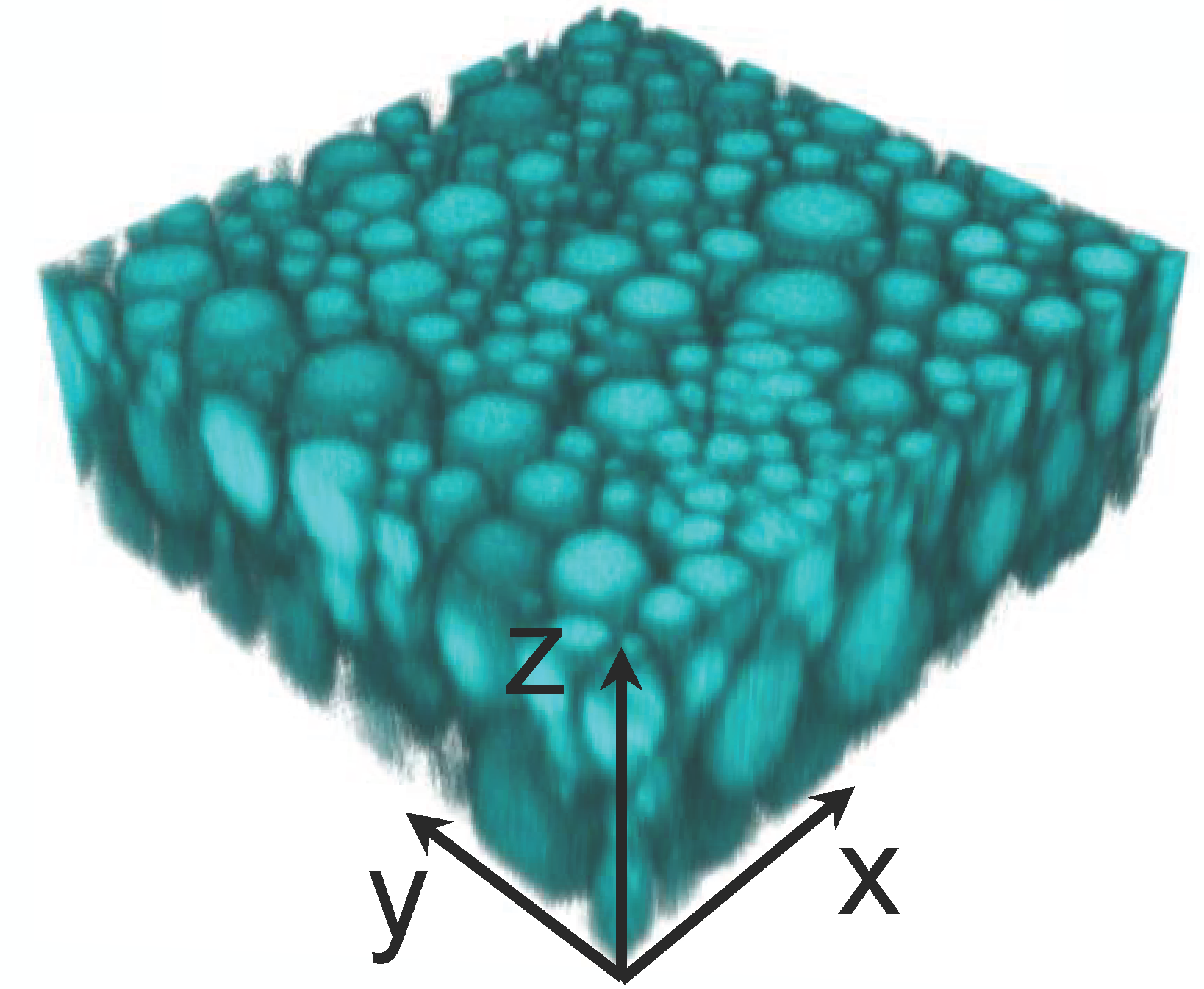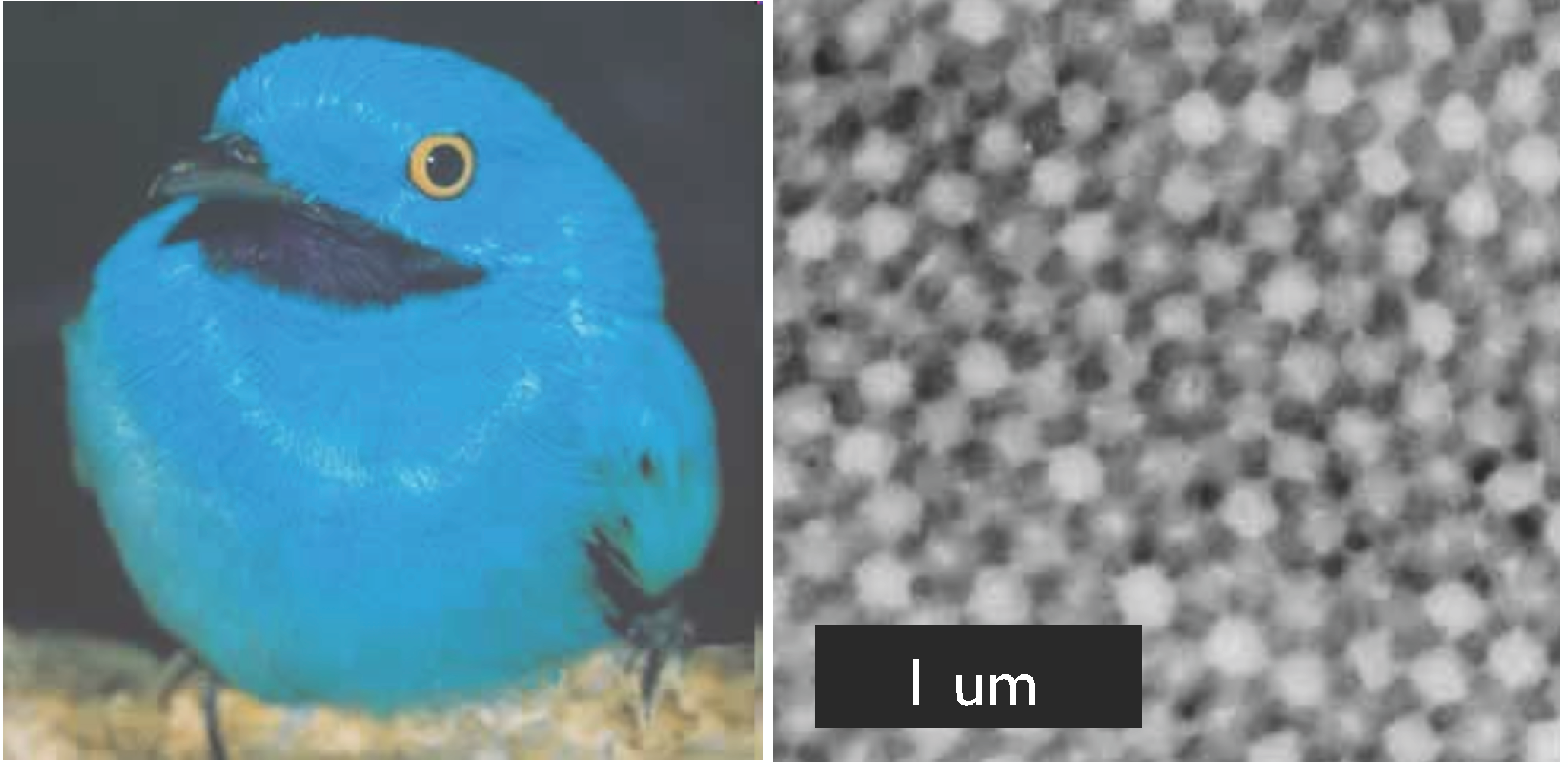Freezing and Phase Separation in Soft Materials
We use phase separation to make materials with novel properties, and study how freezing breaks soft materials.
Phase separation and phase change play a host of important roles in soft materials. For example, materials scientists often use phase separation to generate porous materials like membranes or cell culture scaffolds. Biology uses phase separation for a wide variety of processes, including the fabrication of heterogeneous materials with incredible mechanical properties, and the regulation of cell biochemistry. Phase change - in the form of the freezing of soft materials - is a common problem across a huge number of fields, including civil engineering, food science, cryopreservation, and drug design. More recently, freezing has also been used to create new ice-templated materials that have incredible material properties that compete with natural materials like bone.
We are interested in gaining fine control over both processes, as they occur in soft materials. For example, we use phase separation inside polymer gels to make structurally coloured materials (materials that will not fade over time) and membranes. We study how microfilaments in cells affect key protein phase separation processes. Most recently, we have developed new techniques for investigating cryopreservation, by studying how freezing breaks model soft materials like hydrogels. In this case the end-goal is to understand how to avoid damage in soft wet materials as they cool, and to develop novel soft, frost-proof materials.


